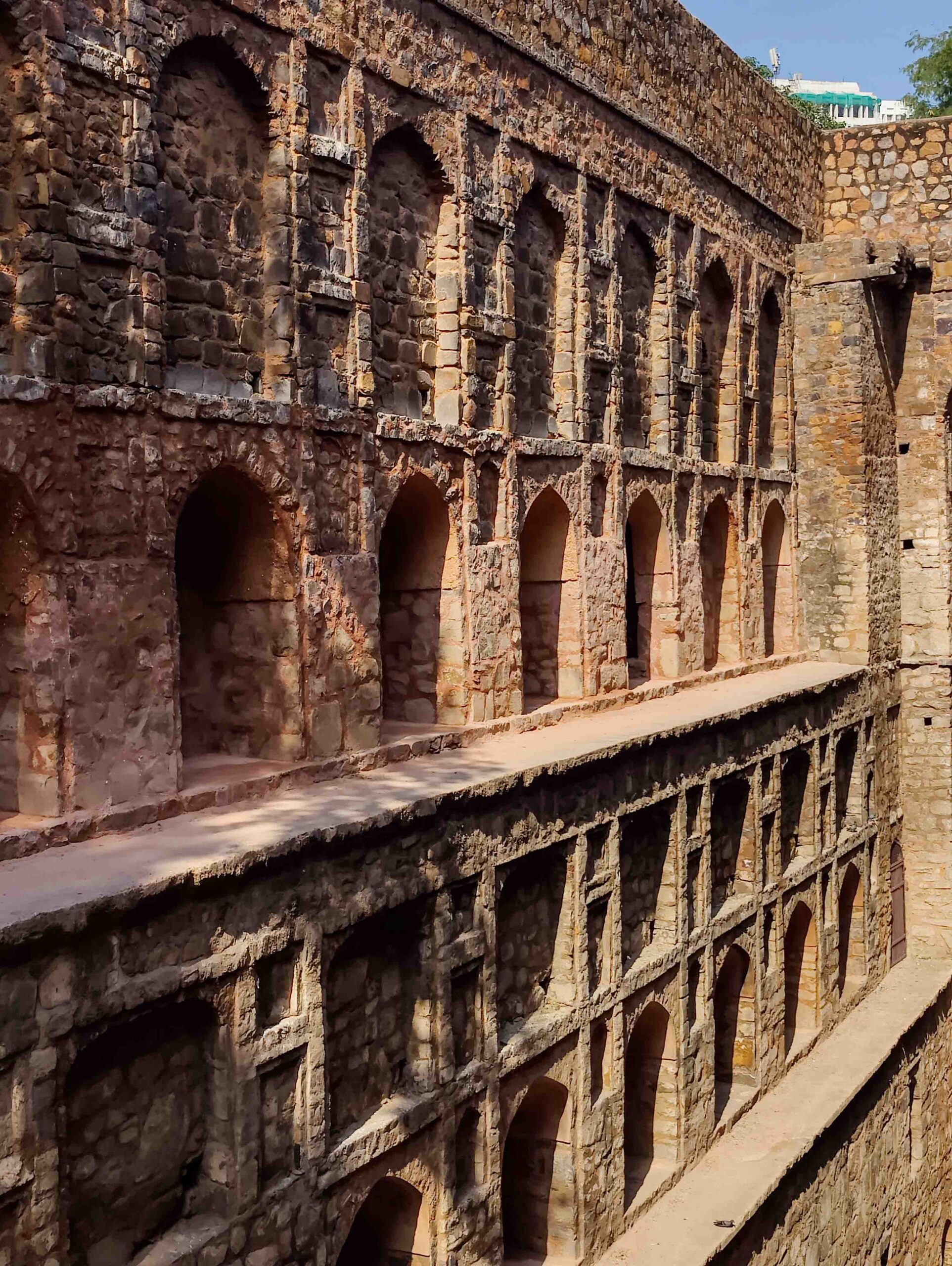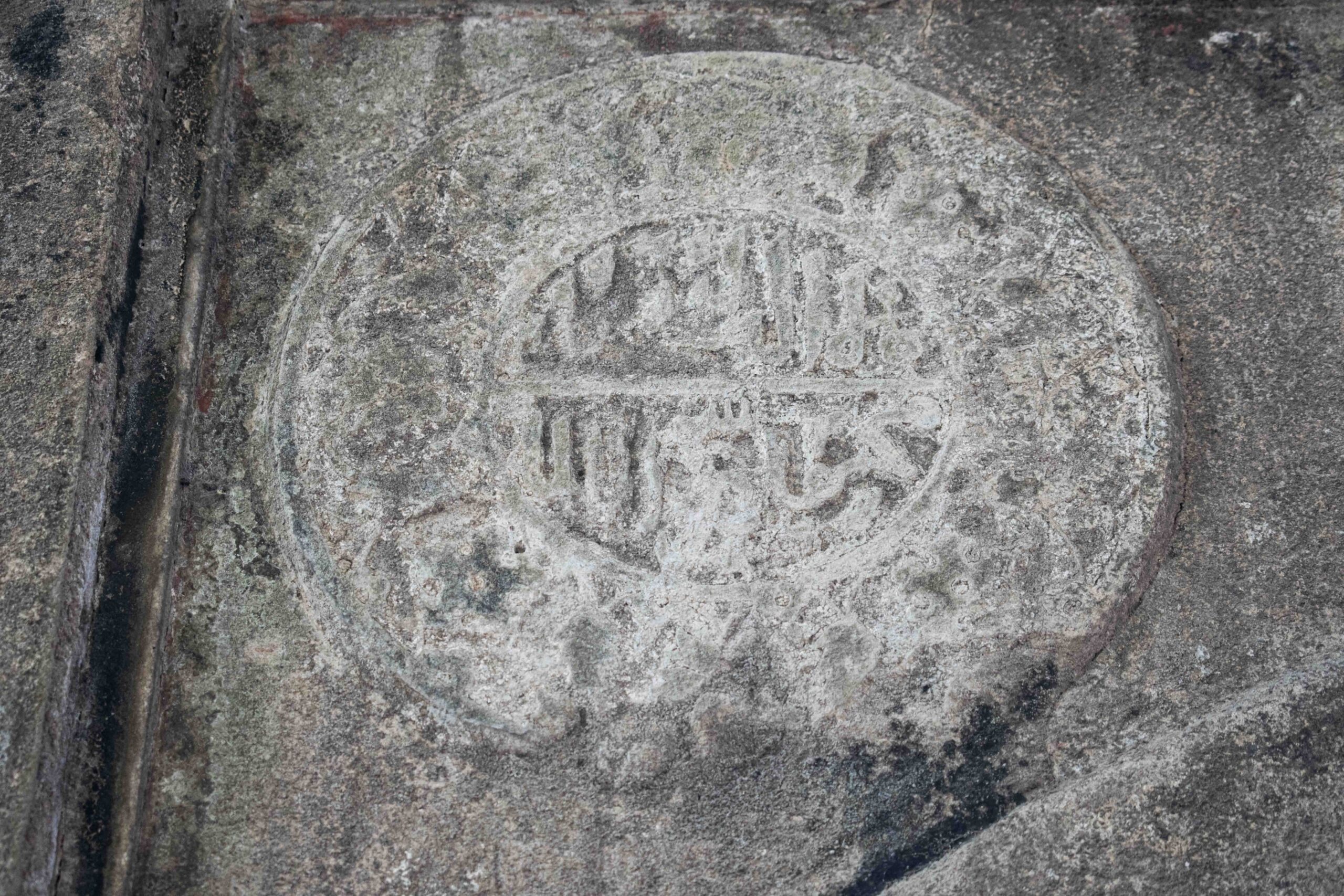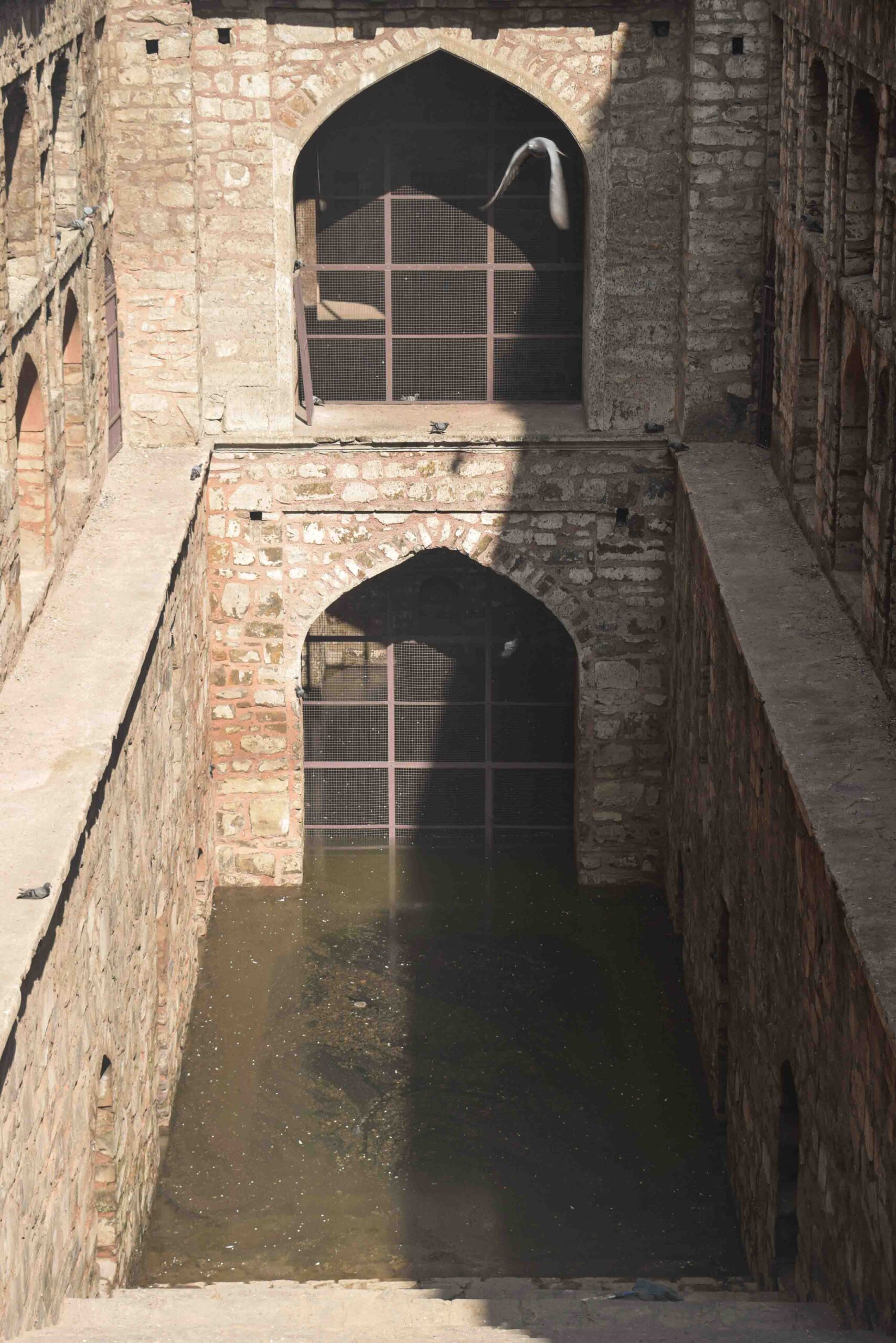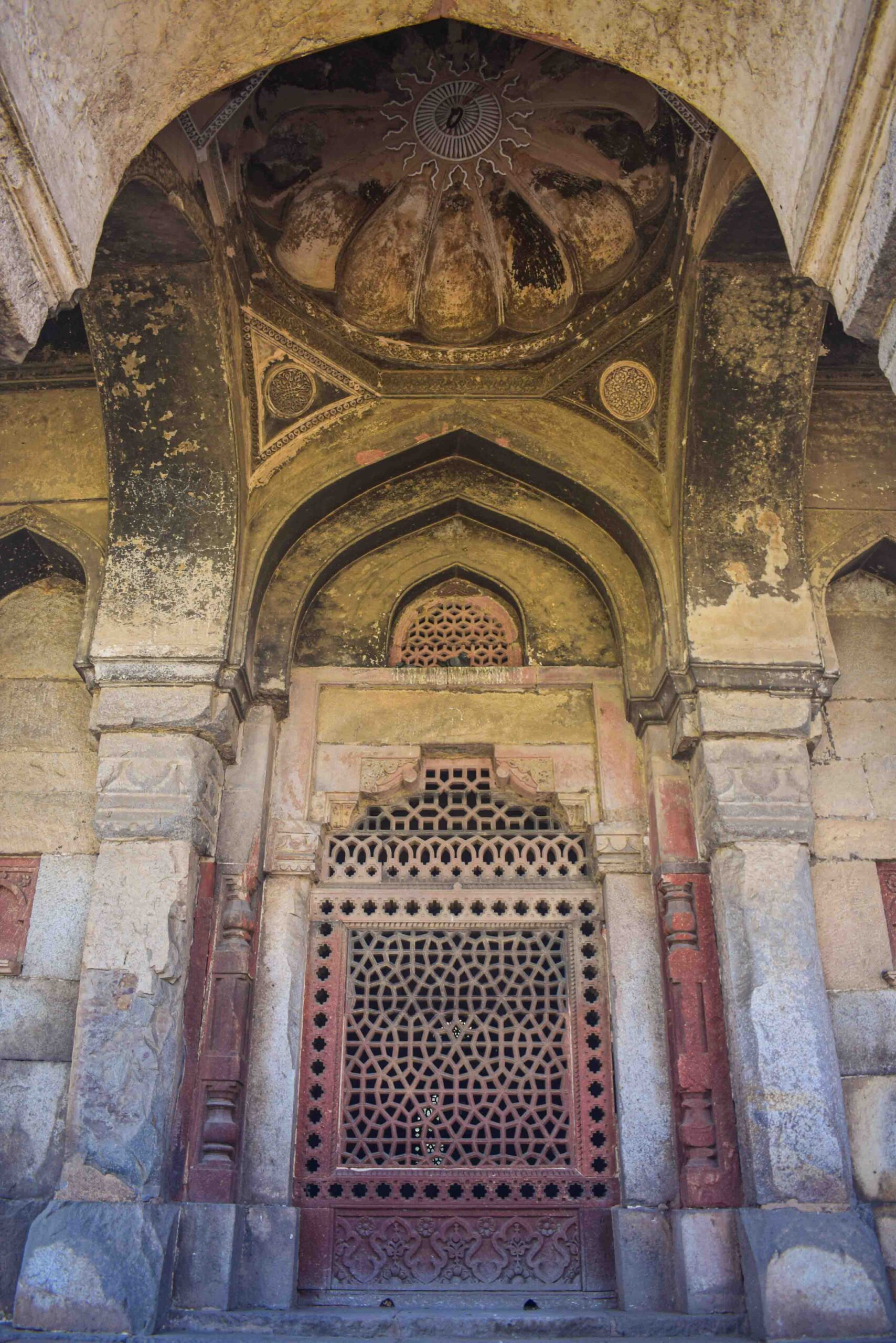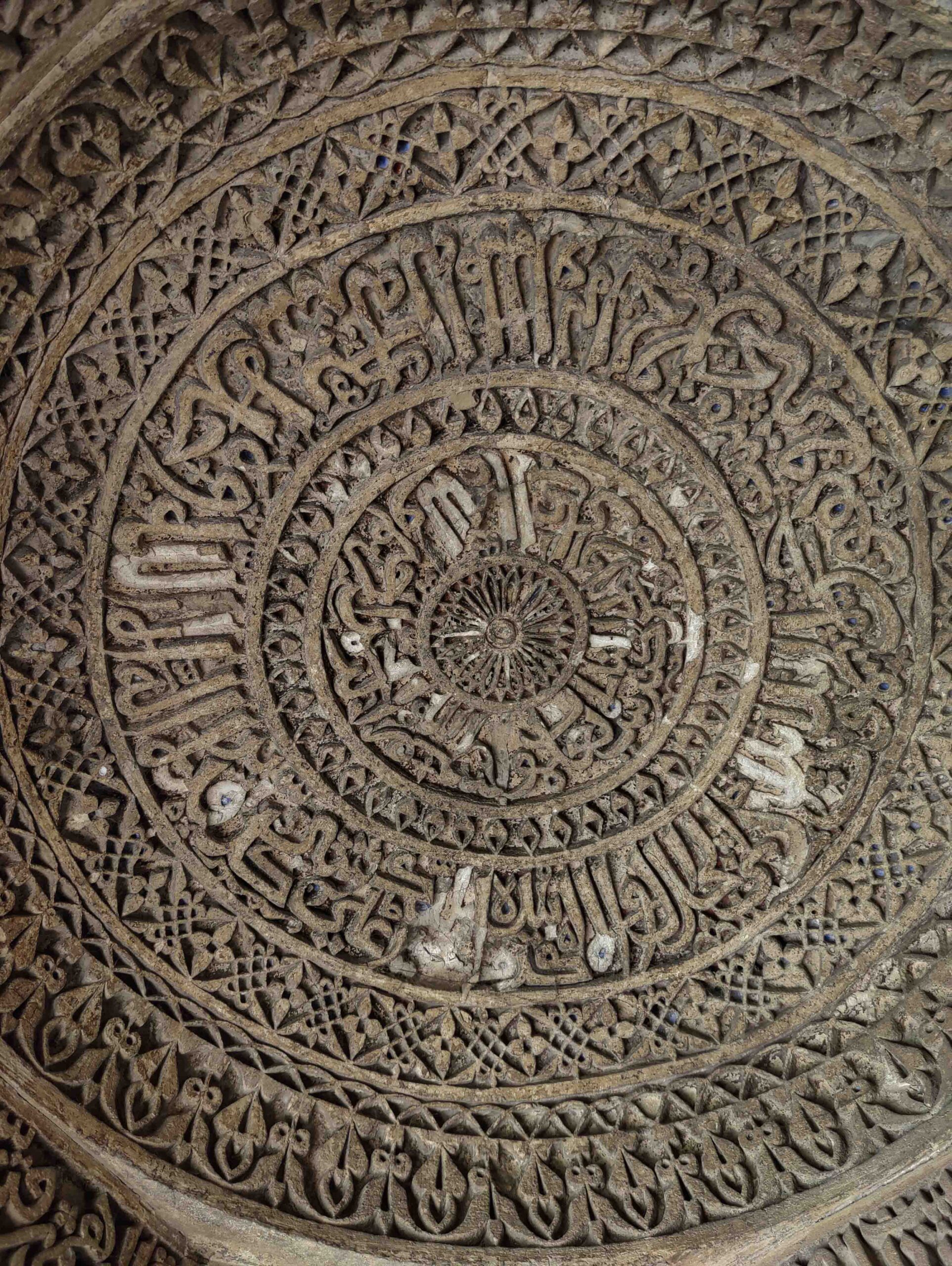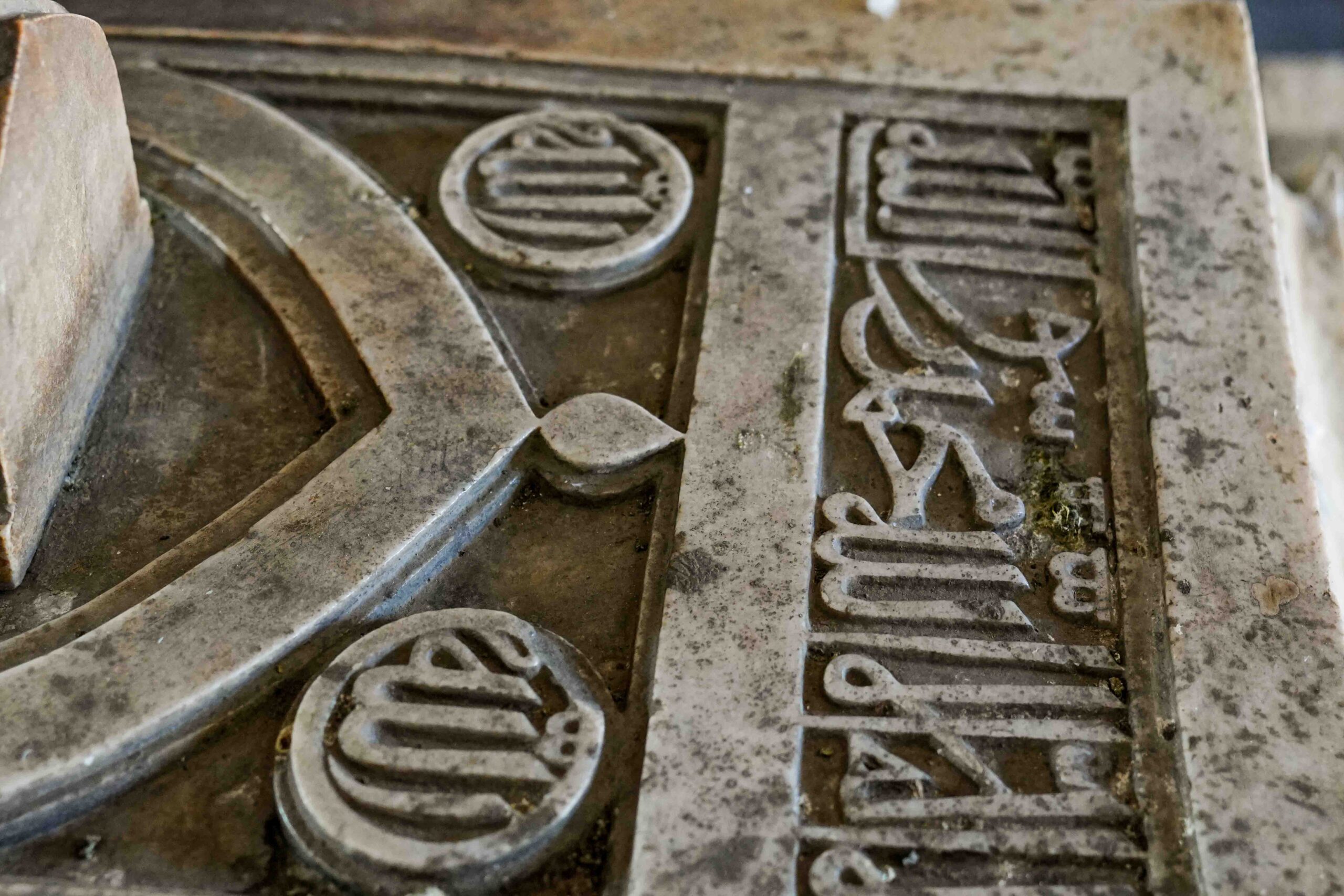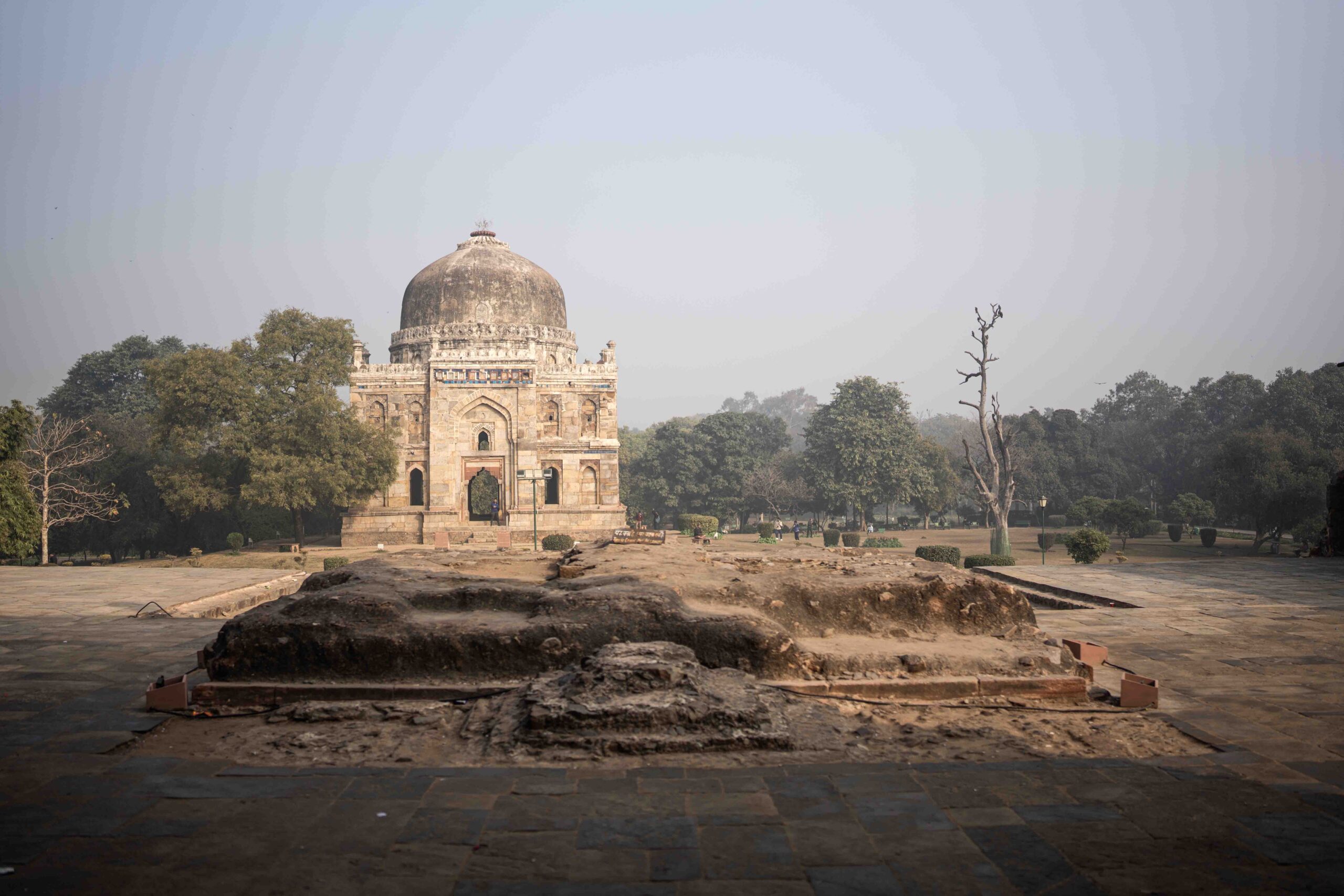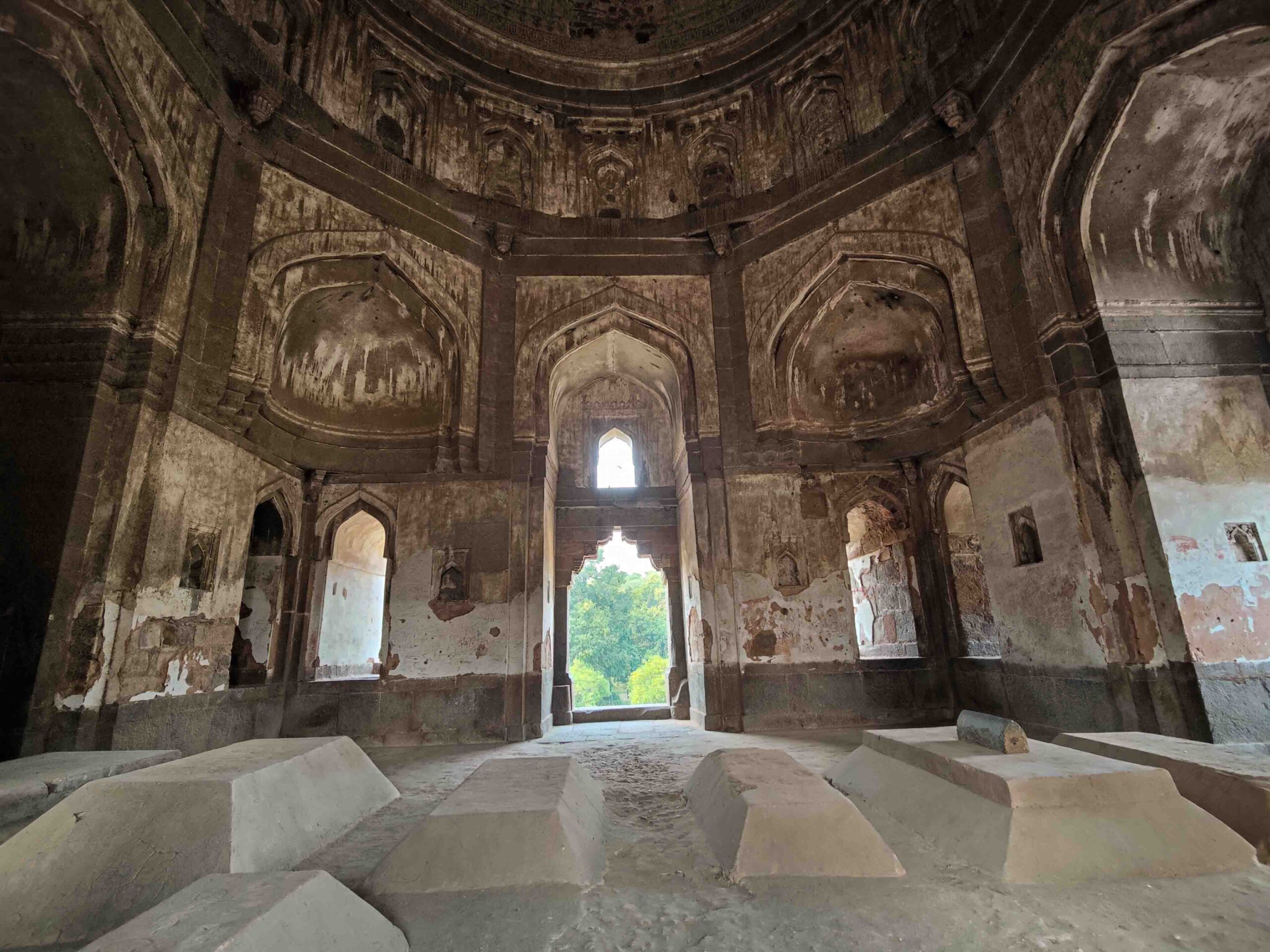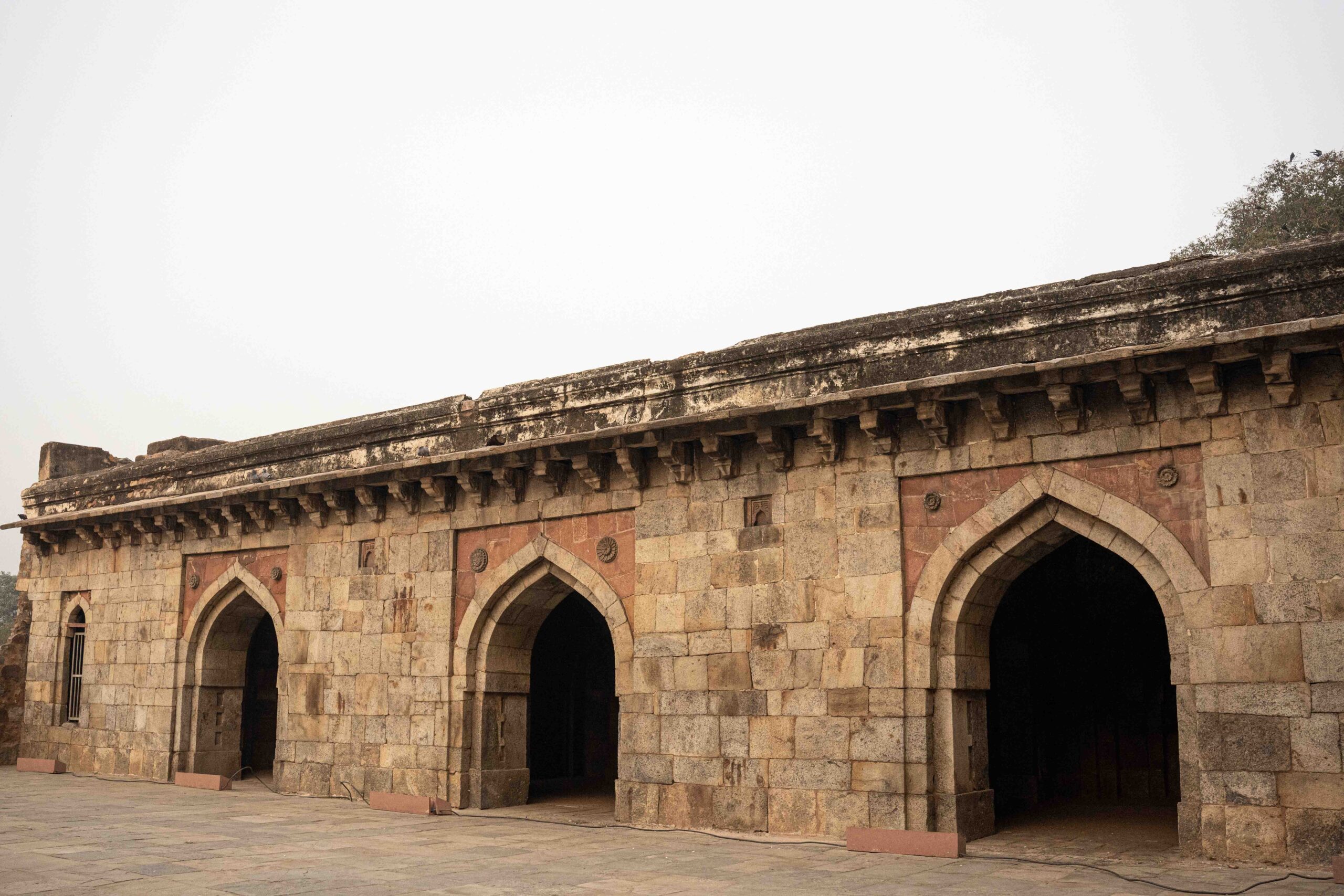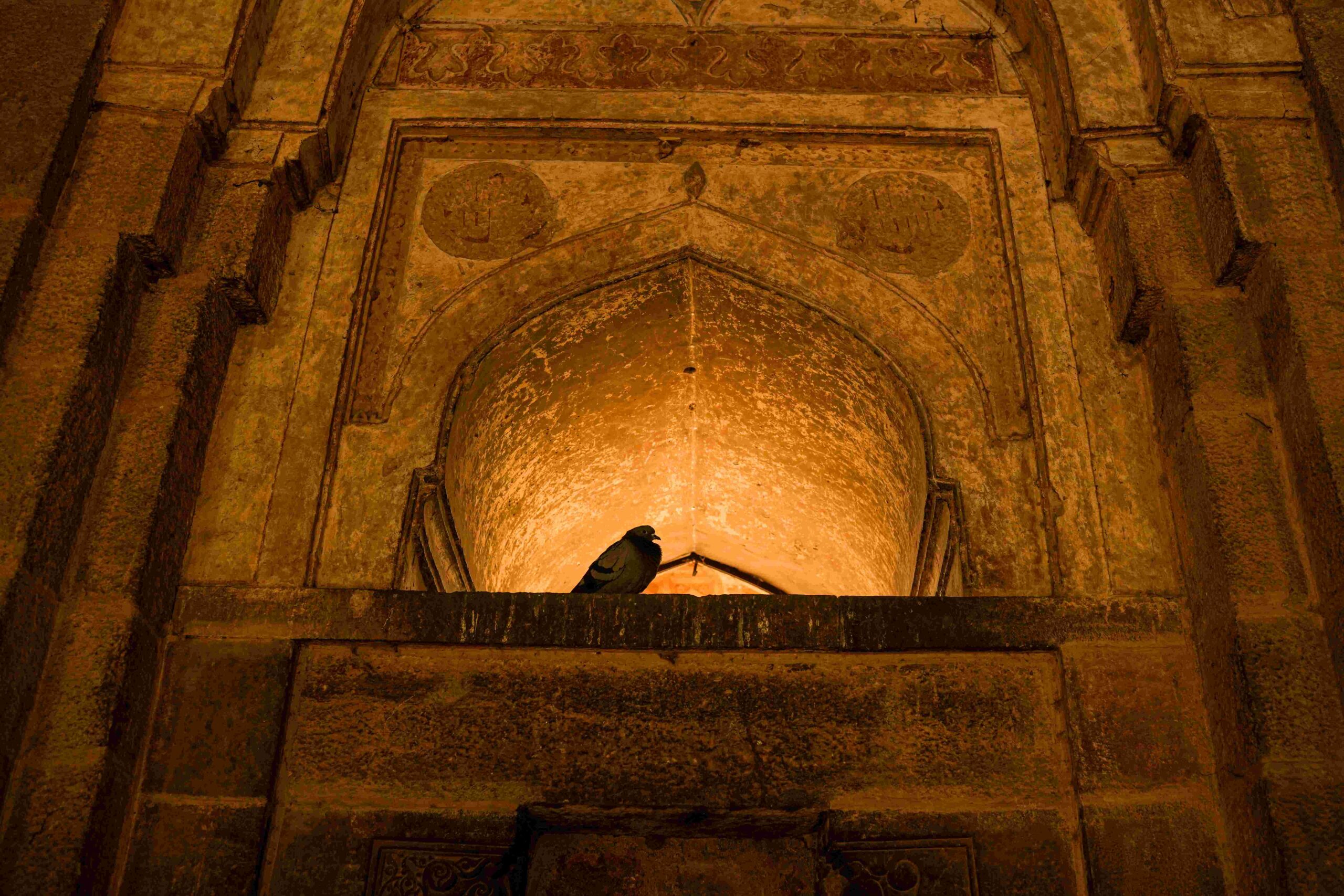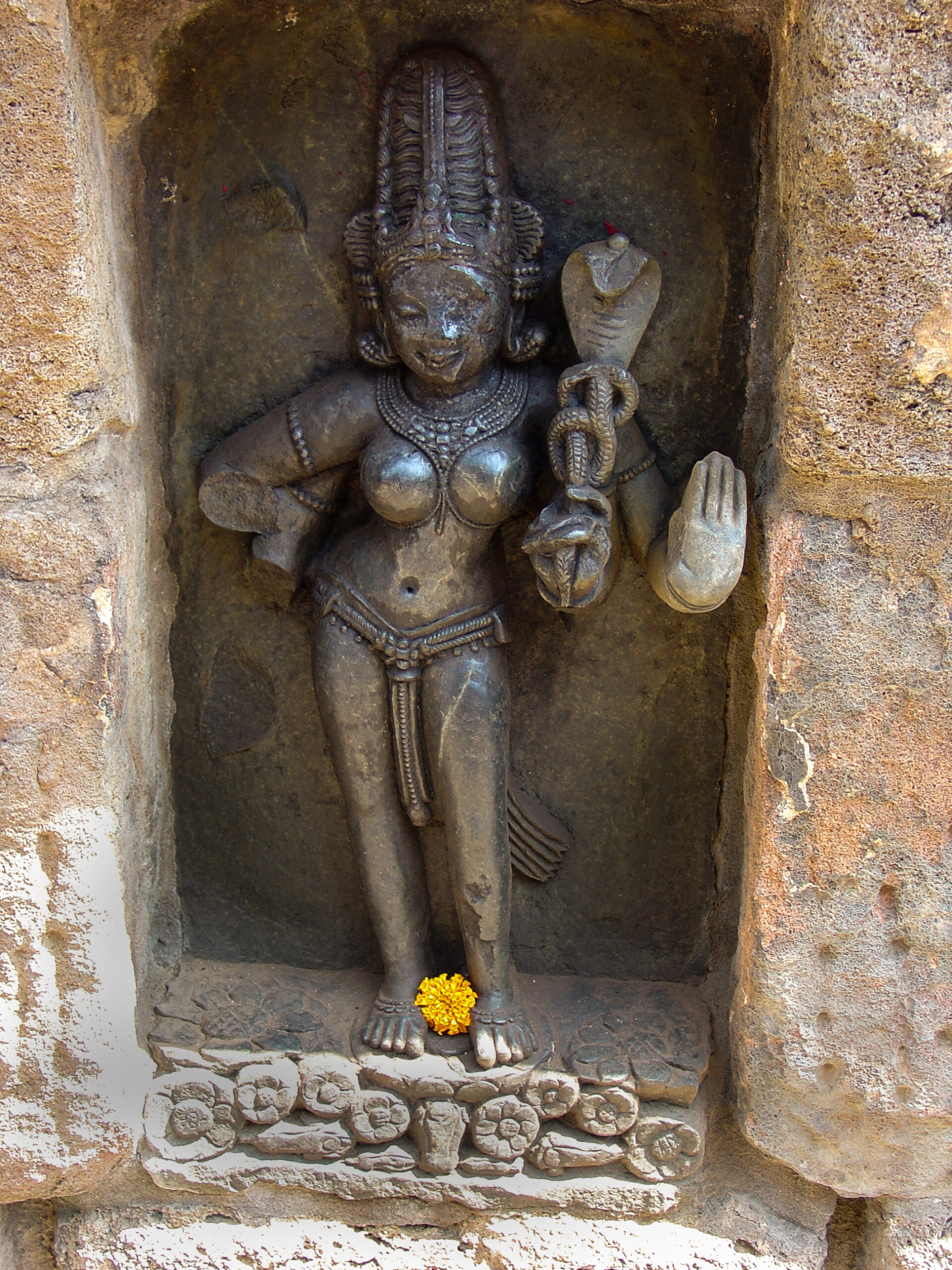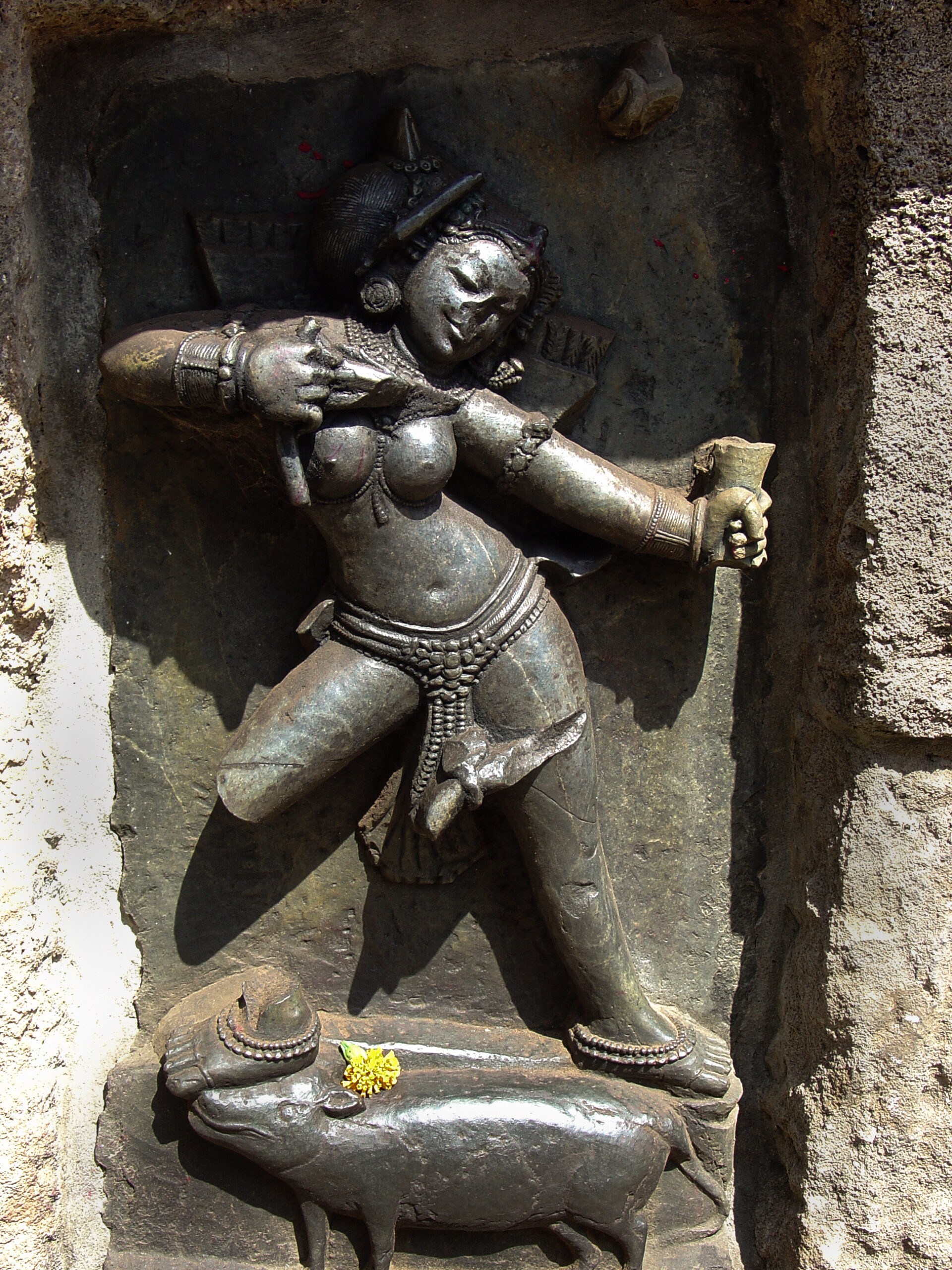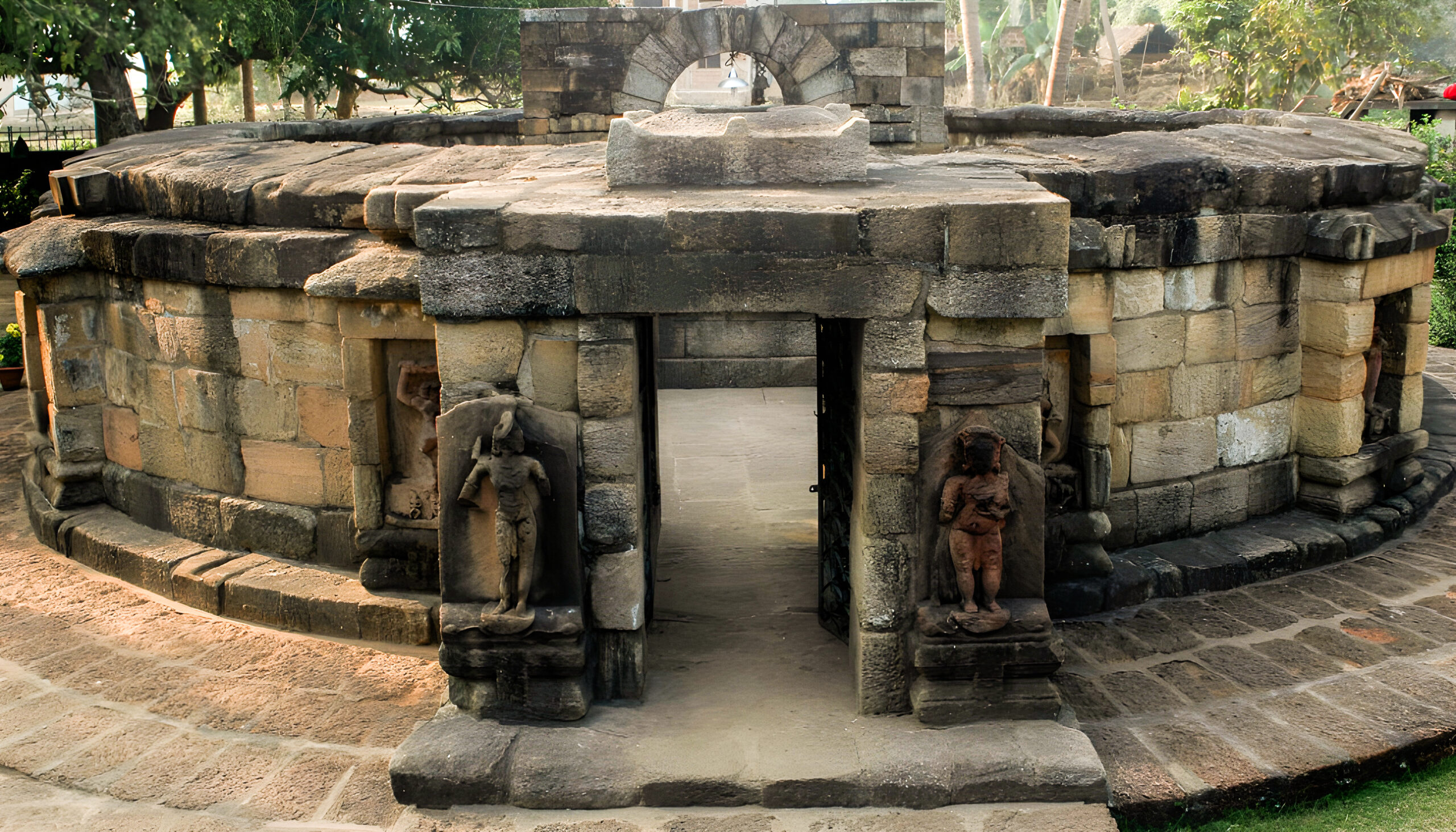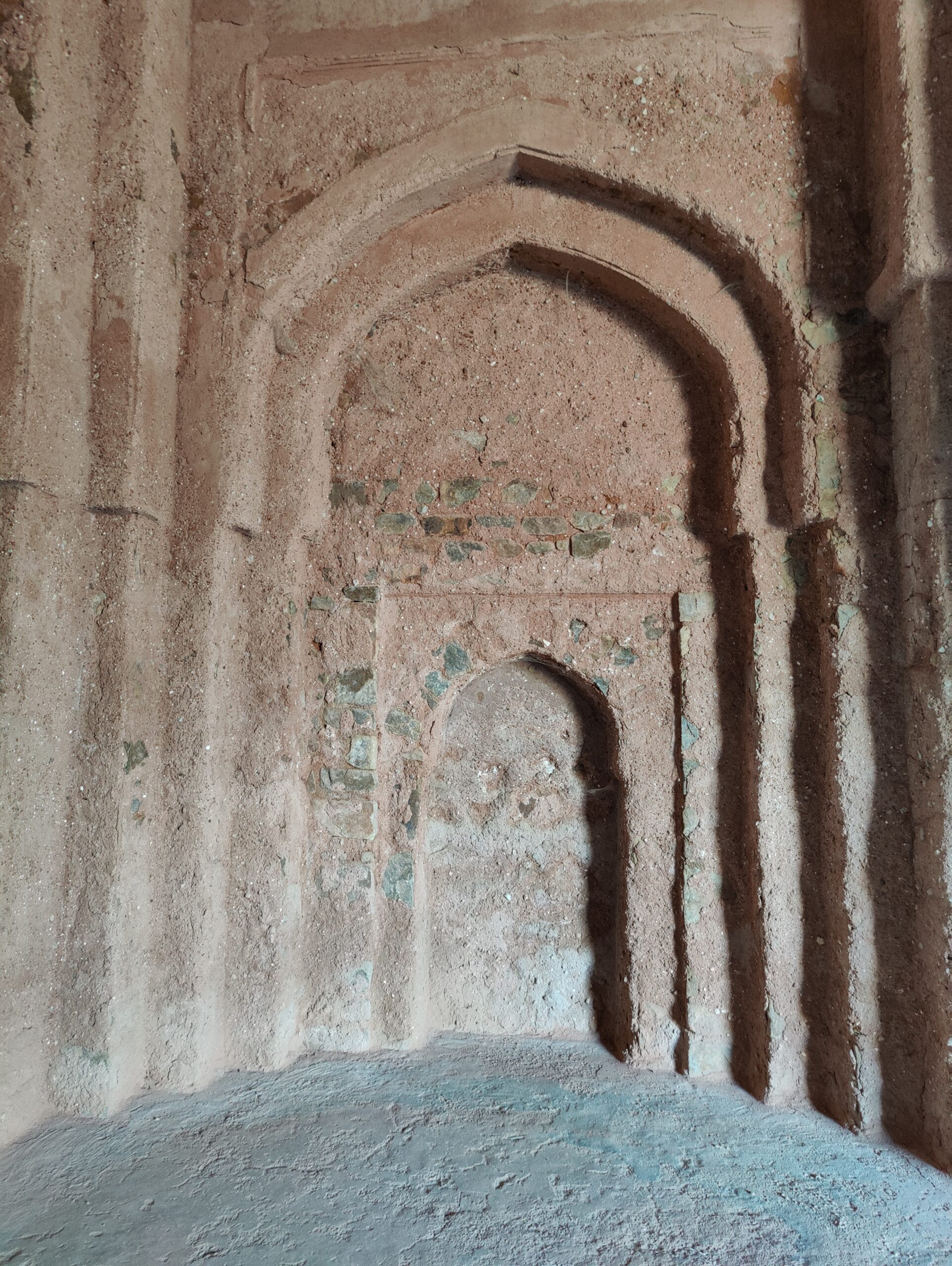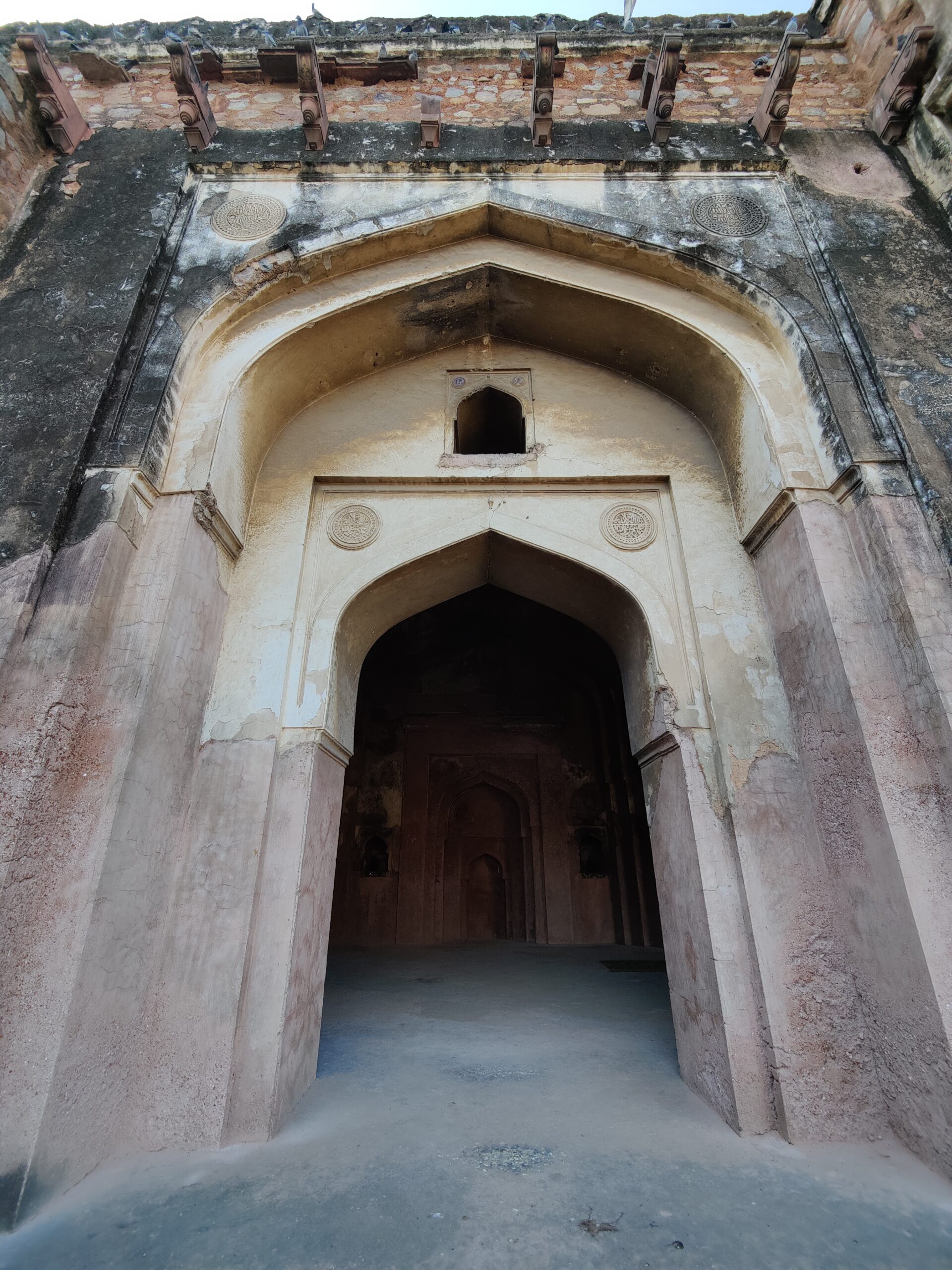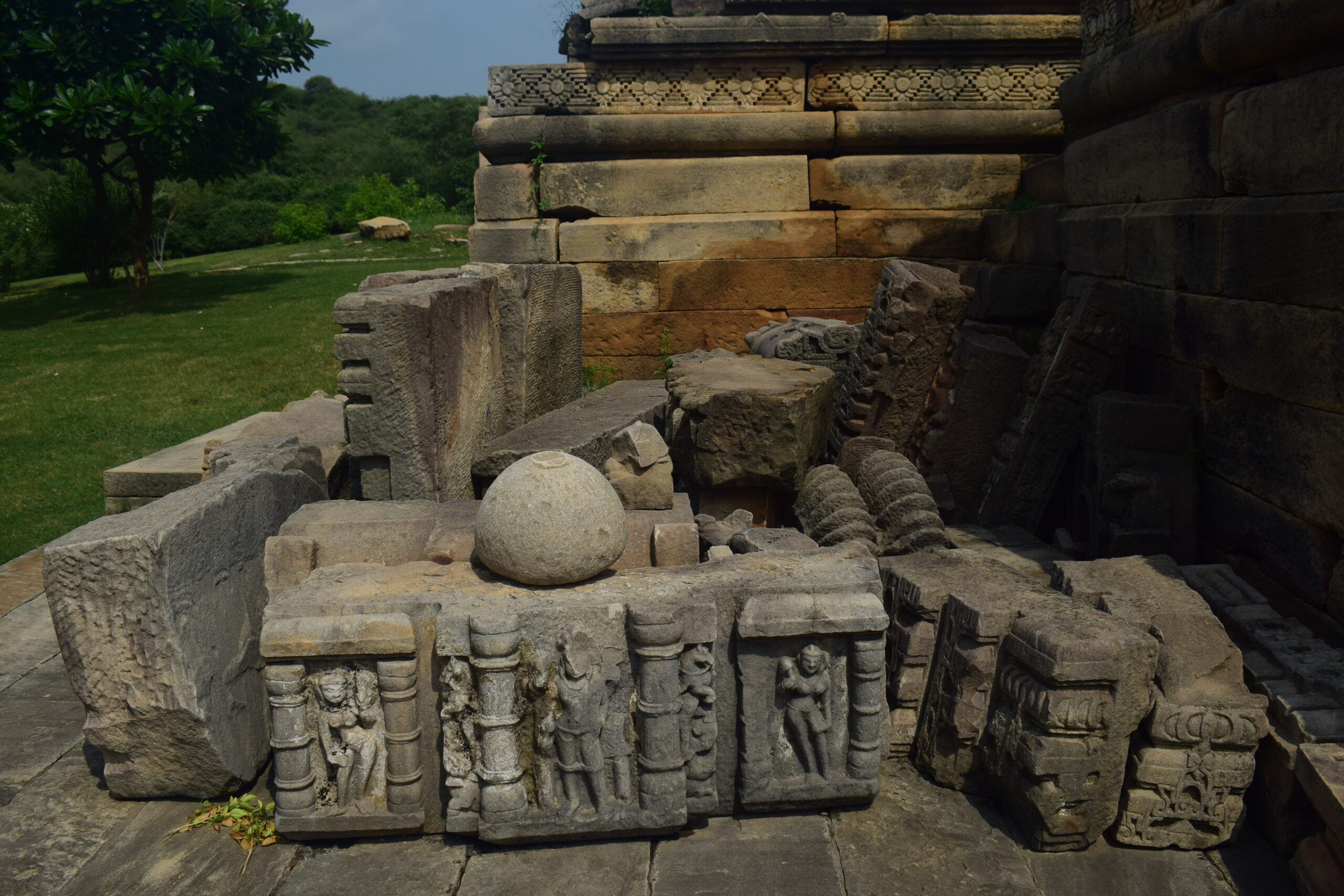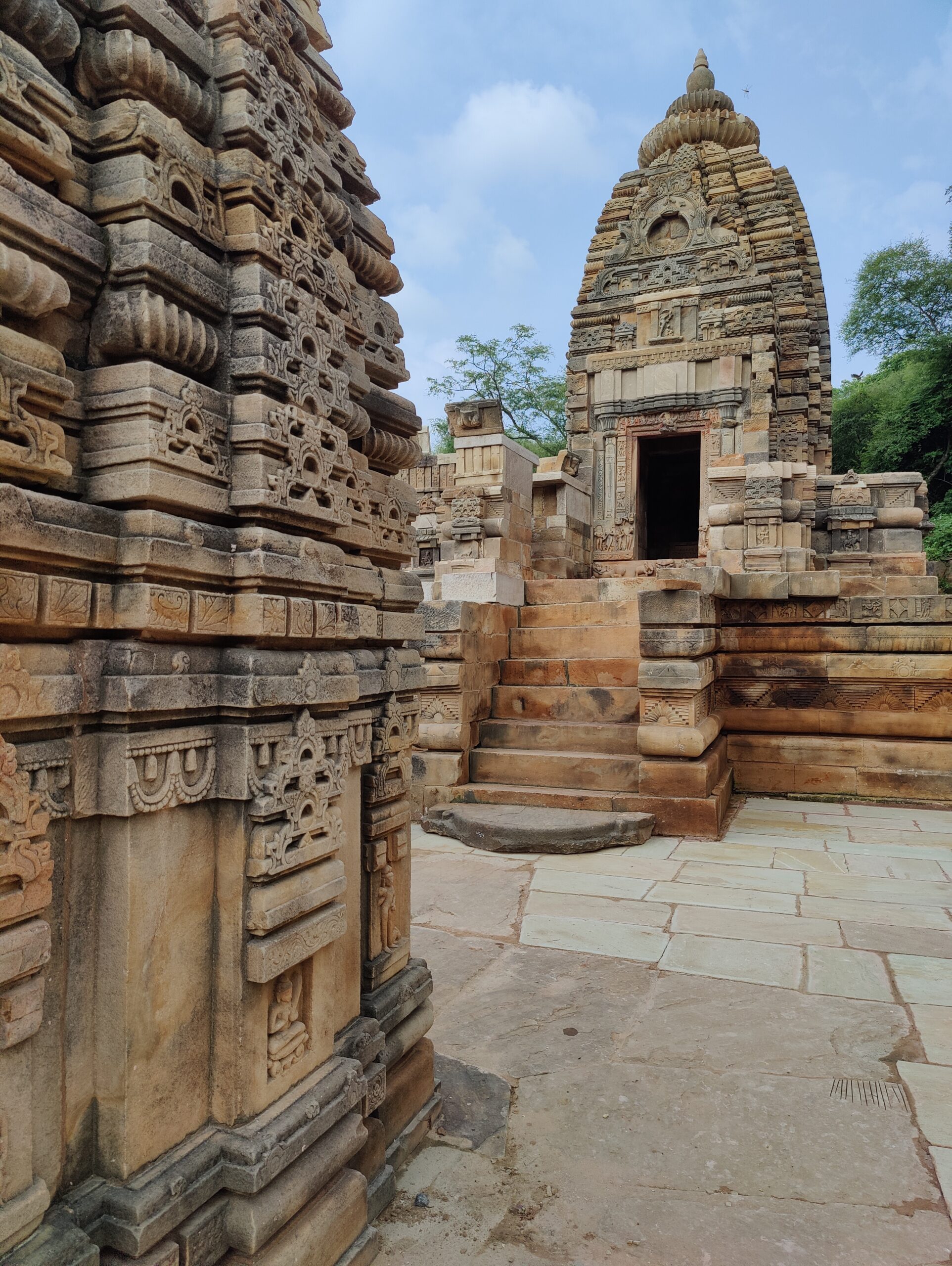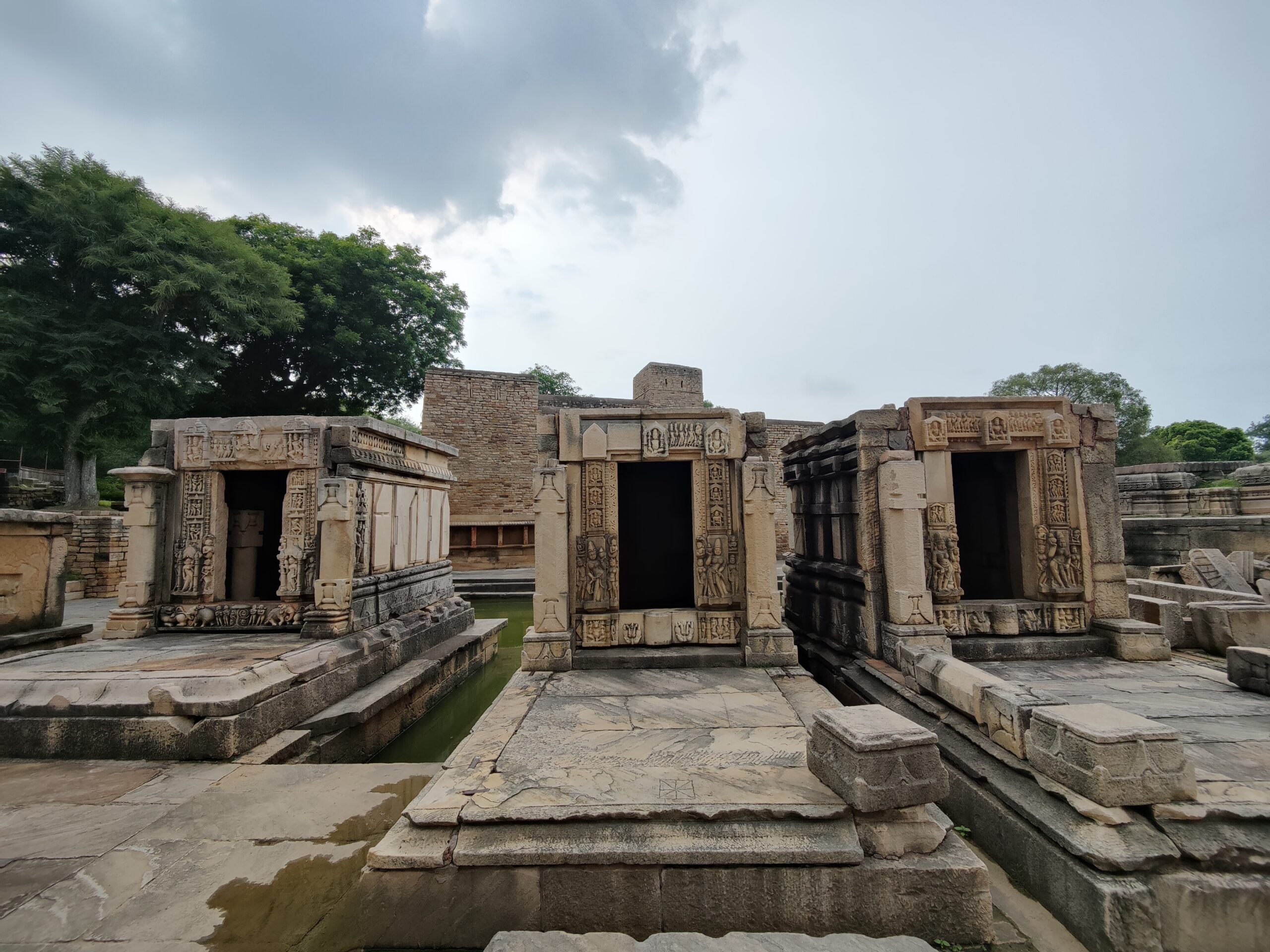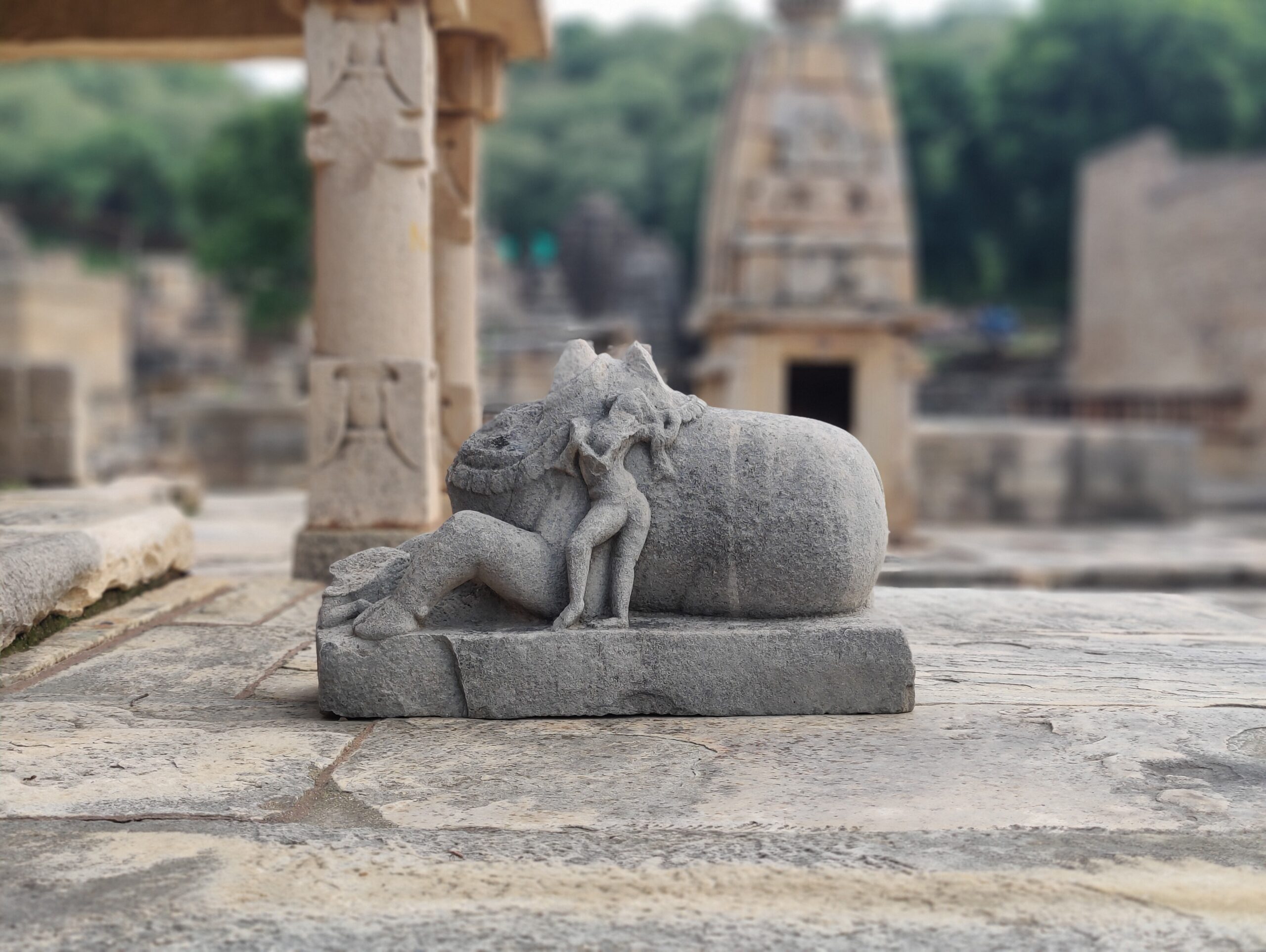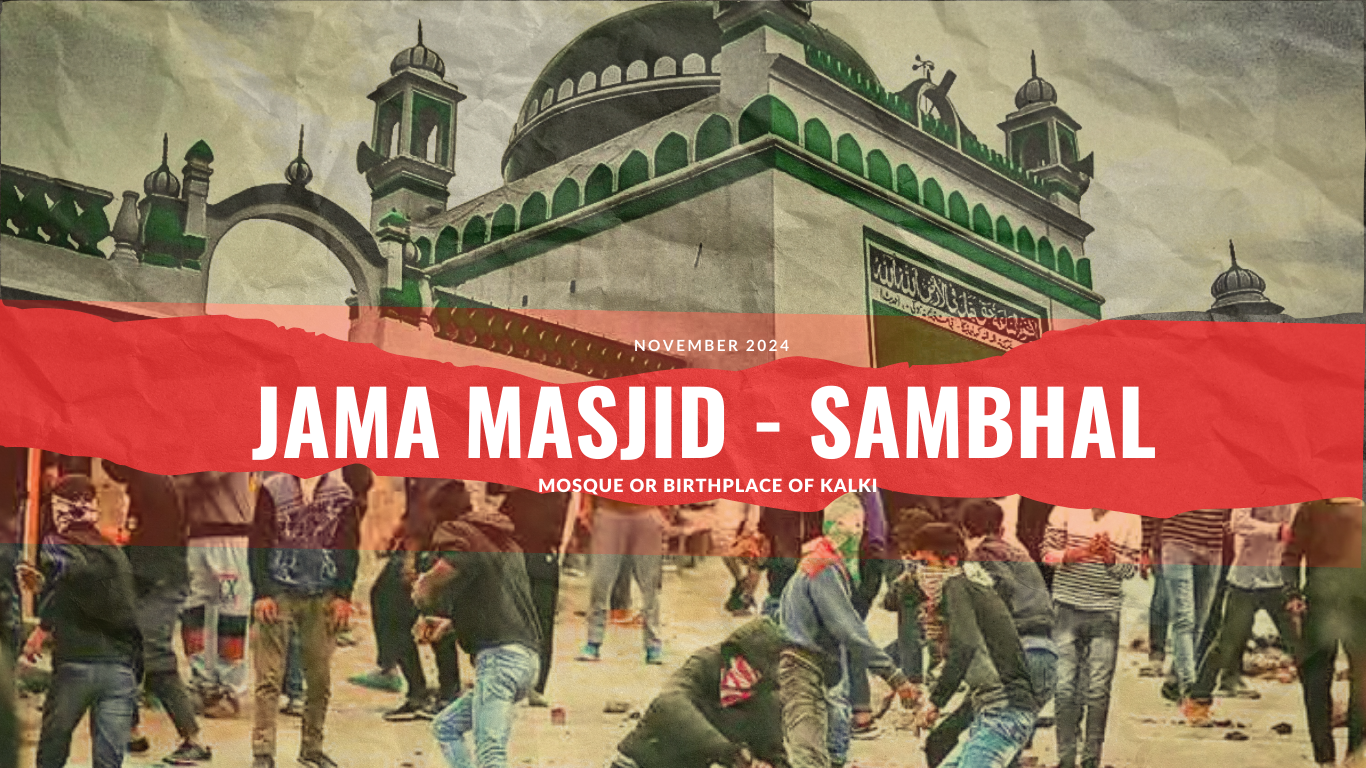Balban Khan Tomb
Balban’s Tomb: A Forgotten Relic of Delhi’s Sultanate Era
Deep within the ruins of Mehrauli Archaeological Park, surrounded by the remnants of an era long past, lies the Tomb of Ghiyas-ud-din Balban. A significant yet often overlooked historical monument, this 13th-century tomb stands as a testament to the architectural advancements of the Delhi Sultanate. Balban, a ruler of the Mamluk Dynasty (Slave Dynasty), reigned from 1266 to 1287 CE, bringing with him a strict, centralized rule and significant military expansions.

While the tomb is widely acknowledged as an Islamic funerary structure, closer examination of its architectural elements suggests intriguing possibilities. Certain features of Balban’s Tomb bear striking resemblances to Hindu temple architecture, leading some historians and researchers to speculate whether it was built over a pre-existing Hindu site or incorporated Hindu architectural elements in its construction.

Architectural Significance of Balban’s Tomb
Balban’s Tomb is historically significant for its early use of true arches and domes, marking a crucial transition in Indo-Islamic architecture. Before this period, Indian builders relied on the corbelled arch technique, commonly seen in Hindu and Jain temple construction. The introduction of the true arch in Balban’s Tomb paved the way for later developments in Mughal architecture.

Key Architectural Features:
- First Known True Arch in India: Balban’s Tomb is credited with introducing the first true arch in India, a structural innovation that departed from the traditional Hindu temple techniques.

- Absence of a Dome: The tomb is believed to have once had a dome, but it has long since collapsed. This architectural element, if present, would have aligned it with later Sultanate and Mughal-era domed tombs.
- Thick Stone Walls: Unlike later Mughal structures that used finely finished marble and red sandstone, Balban’s Tomb features thick rubble masonry, an approach often used in pre-Islamic Indian structures.
- Arched Entranceways and Rectangular Layout: The tomb complex consists of large arched gateways leading into an open courtyard, resembling certain features of earlier Hindu temple mandapas (pillared halls) repurposed into Islamic structures.

Hindu Architectural Influences in Balban’s Tomb
Although Balban’s Tomb represents a significant shift toward Islamic architectural styles, several elements hint at possible Hindu temple influences or the repurposing of existing structures:
- Corbelled Brackets and Pillars: Some of the surviving stone brackets bear resemblance to those found in Hindu temples, where they were used to support roofs and ceilings.

- Decorative Motifs: While largely eroded, certain patterns on the tomb’s remaining walls show floral designs and geometric carvings that are strikingly similar to Hindu and Jain temple reliefs.
- Use of Spolia (Reused Temple Material): During the early Delhi Sultanate period, it was common practice to reuse materials from destroyed Hindu and Jain temples for new Islamic constructions. Some of the stones in Balban’s Tomb appear to have been repurposed, with faint remnants of Hindu iconography visible in select areas.
- Courtyard Resembling a Temple Complex: The open courtyard surrounding the tomb has been compared to Hindu temple courtyards, where devotees would gather for prayers and rituals. The structural layout of Balban’s Tomb, while aligned with later Islamic tombs, bears similarities to pillared halls found in Hindu architecture.

Possibility of a Pre-existing Hindu Site
Several historical and architectural observations raise the possibility that Balban’s Tomb was constructed over an earlier Hindu temple or sacred site:
- Delhi’s History of Temple Destruction and Adaptation: The early Delhi Sultanate rulers often repurposed Hindu and Jain temples for Islamic structures, either by modifying them or reusing their materials. Other structures in Mehrauli, such as the Quwwat-ul-Islam Mosque, provide direct evidence of this practice.
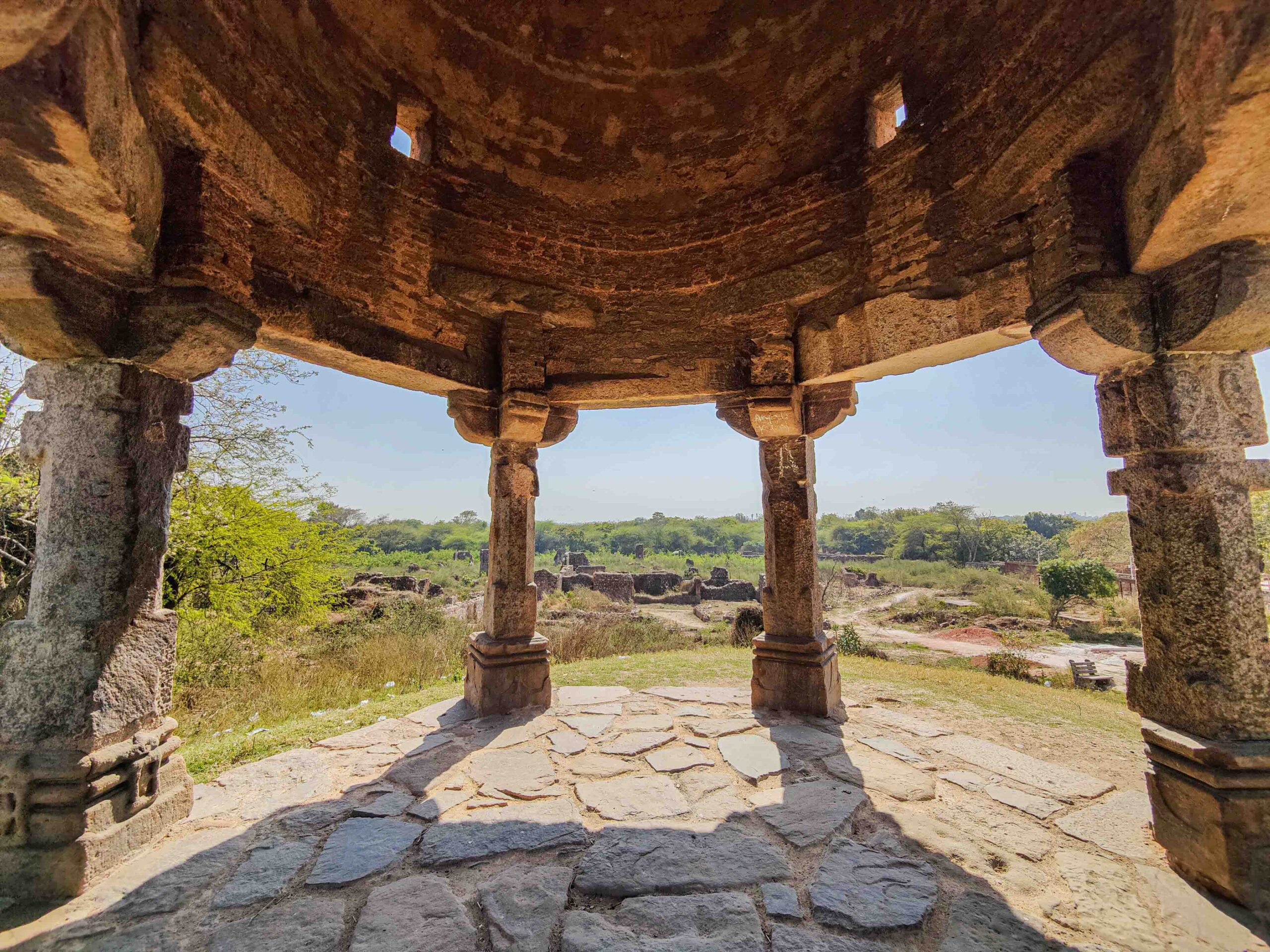
- Unusual Architectural Discrepancies: Certain elements of the tomb, particularly the stonework and placement of surviving fragments, do not conform entirely to Islamic architectural norms, indicating a transition or adaptation from an earlier structure.

- Location and Symbolism: Many Hindu temples were built on sites considered sacred due to their geographical or astrological importance. If Balban’s Tomb was indeed built over a temple, the choice of location may not have been arbitrary.
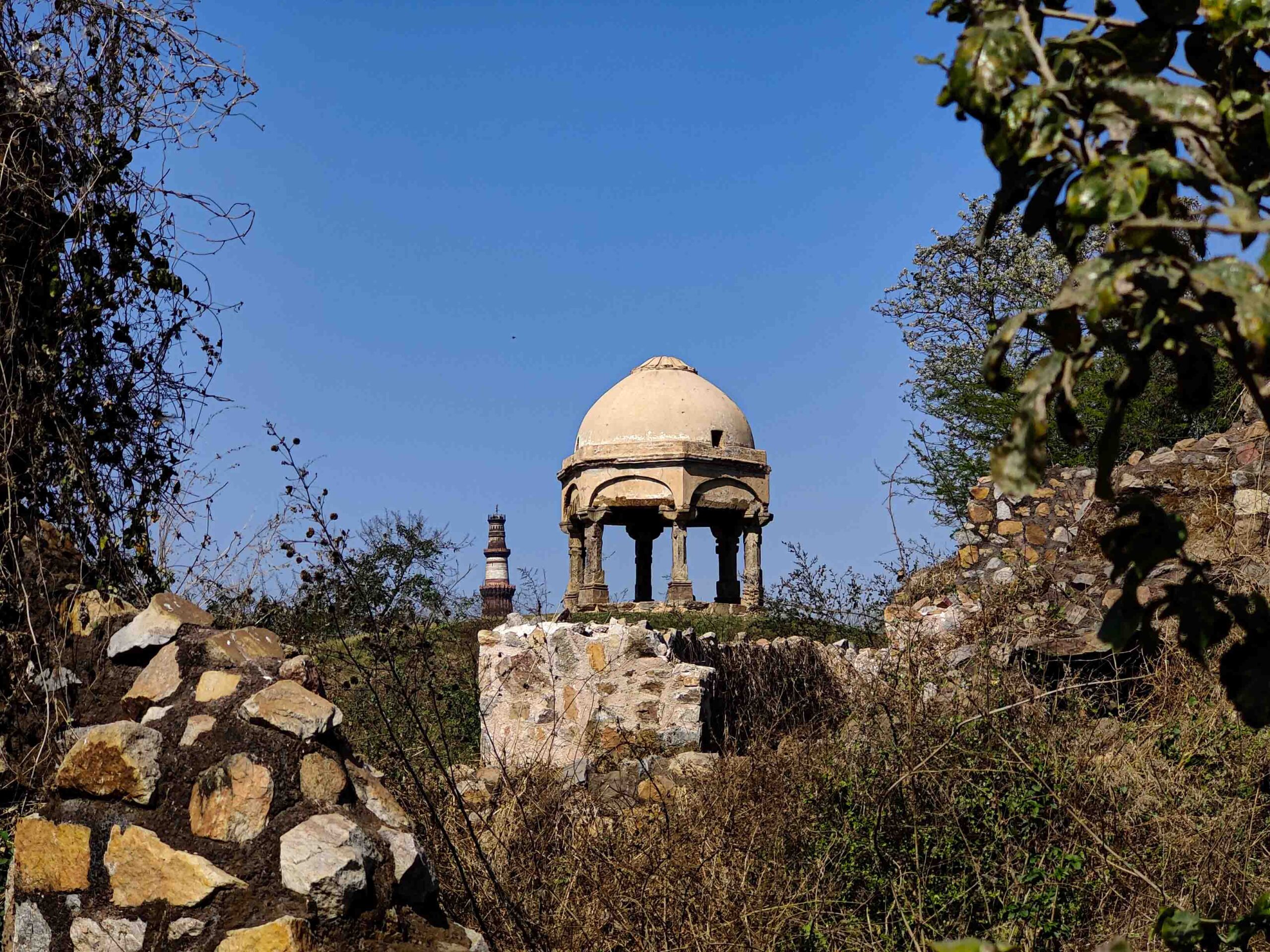
Conclusion
Balban’s Tomb is a remarkable historical structure, significant for its architectural innovations and role in the evolution of Indo-Islamic design. While widely recognized as an Islamic funerary site, its architectural features and historical context suggest the possibility of a pre-existing Hindu site, either through reuse of temple materials or construction over an earlier sacred space. Further archaeological and historical research could provide more conclusive evidence, potentially uncovering another lost chapter in Delhi’s rich and layered past.






